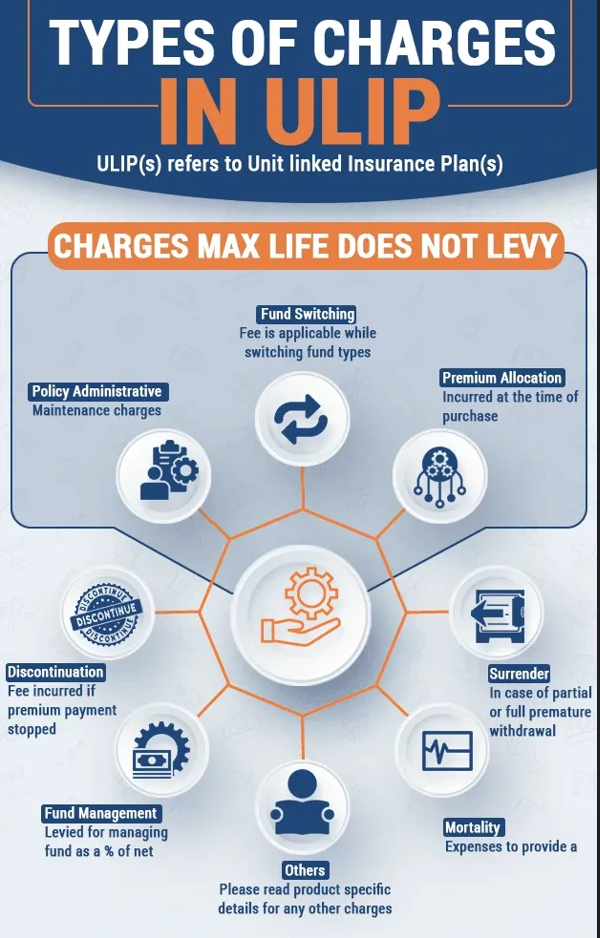The Reserve Bank of India (RBI) on recently left its key policy rate unchanged in its mid quarter - December 2012 - monetary policy. With this status quo in the policy action, repo rate stood at 8 per cent while reverse repo was at 7 per cent.
Cash reserve ratio (CRR) or / the portion of deposits banks keep with the RBI was also remained at 4.25 per cent.
What are soiled, mutilated & imperfect bank notes?
(1) "soiled note:" means a note which, has become dirty due to usage and also includes a two (2) piece note pasted together wherein both the pieces presented belong to the same note, and form the entire note.
(2) Mutilated banknote is a banknote, of which a portion is missing or / which is composed of more than two (2) pieces.
(3) Imperfect banknote means any banknote, which is wholly or / partially, obliterated, shrunk, washed, altered or / indecipherable but does not include a mutilated banknote.
** Can soiled and mutilated banknotes be exchanged for value?
Yes. Such banknotes can be exchanged for value.
** Where are soiled / or mutilated banknotes accepted for exchange?
All banks are authorized to accept soiled banknotes for full value. They are expected to extend the facility of exchange of soiled notes even to non-customers.
All currency chest branches of commercial banks are authorised to adjudicate mutilated banknotes & pay value for these, in terms of the RBI (Note Refund) Rules, 2009
** How much value would one get in exchange of soiled banknotes?
Soiled banknotes are exchanged for full value.
** How much value would one get in exchange of mutilated banknotes?
A mutilated banknote can be exchanged for full value if,
(1) For denominations of Re. 1, Rs. 2, Rs. 5, Rs. 10 & Rs. 20, the area of the single largest undivided piece of the note presented is more than 50% of the area of respective denomination, rounded off to the next complete square centimeter.
(2) For denominations of Rs. 50, Rs.100, Rs. 500 and Rs. 1,000, the area of the single largest undivided piece of the note presented is more than 65%t of the area of respective denomination, rounded off to the next complete square centimetre.
Banknotes in denominations of Re. 1, Rs. 2, Rs. 5, Rs. 10 and Rs. 20, can not be exchanged for half value.
A mutilated banknote in denominations of Rs.50, Rs.100, Rs.500 or Rs.1,000, can be exchanged for half value if, The undivided area of the single largest piece of the note presented is equal to or / more than 40% and less than or equal to 65% of the area of respective denomination, rounded off to the next complete square centimetre.
** How much value would one get in exchange of imperfect banknotes?
The value of an imperfect note may be paid for full value / or half value under rules as specified for mutilated notes if,
(1) the matter, which is printed on the note has not become totally illegible, and
(2) it can be satisfied that it is a genuine note.
** What types of banknotes are not eligible for payment under the Note Refund Rules?
The following banknotes are not payable under the RBI (Note Refund) Rules 2009.
A banknote for which:
1. The area of single largest undivided piece of note presented is less than or equal to 50% of area of the note for denominations of Re. 1, Rs. 2, Rs. 5, Rs. 10 and Rs. 20.
2. The area of the single largest undivided piece of the note is less than 40 % for denominations of Rs.50, Rs. 100, Rs. 500 and Rs. 1,000.
A banknote which:
can not be identified with certainty as a genuine note for which the Bank is liable under the Act,has been made imperfect or mutilated, thereby causing the note to appear to be of a higher denomination, or has been deliberately cut, torn, defaced, altered or dealt with in any other manner, not necessarily by the claimants, enabling the use of the same for making of a false claim under these rules or otherwise to defraud the Bank or / the public carries any extrinsic words or visible representations intended to convey or capable of conveying any message of a political or religious character or furthering the interest of any person or entity, has been imported into India by the claimant from any place outside India in contravention of the provision of any law.
What if a banknote is found to be non-payable?
Non-payable banknotes are retained by the receiving banks and sent to the RBI where they are destroyed
Source: Reserve Bank of India































